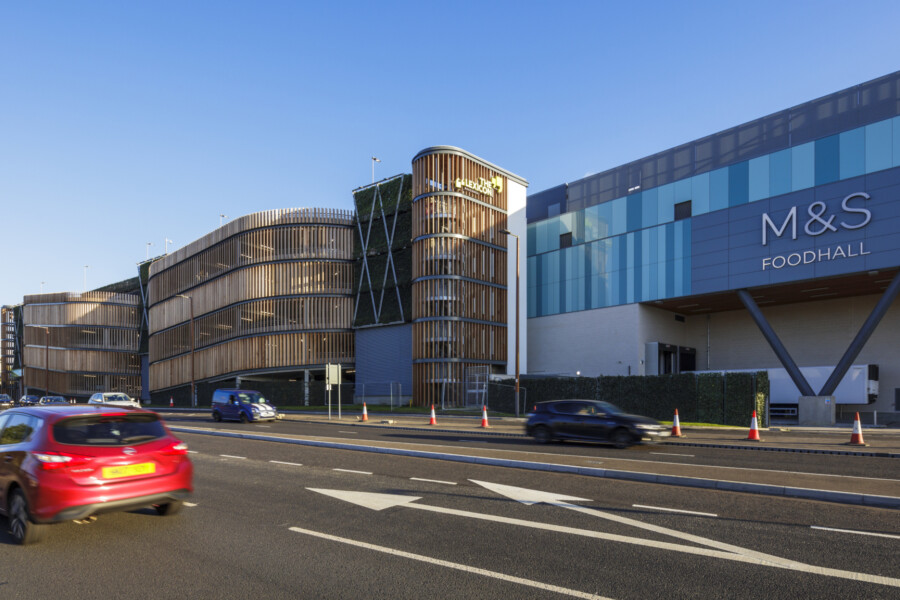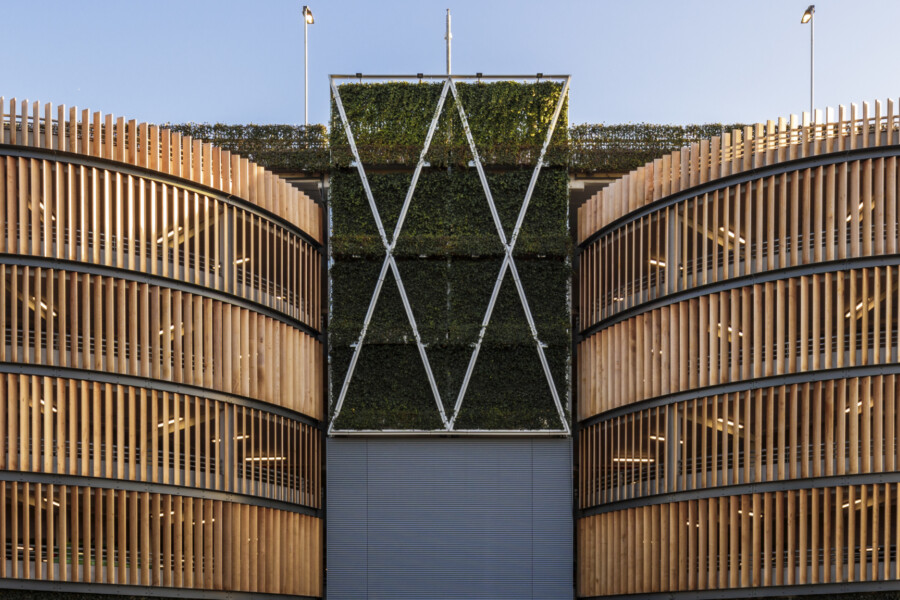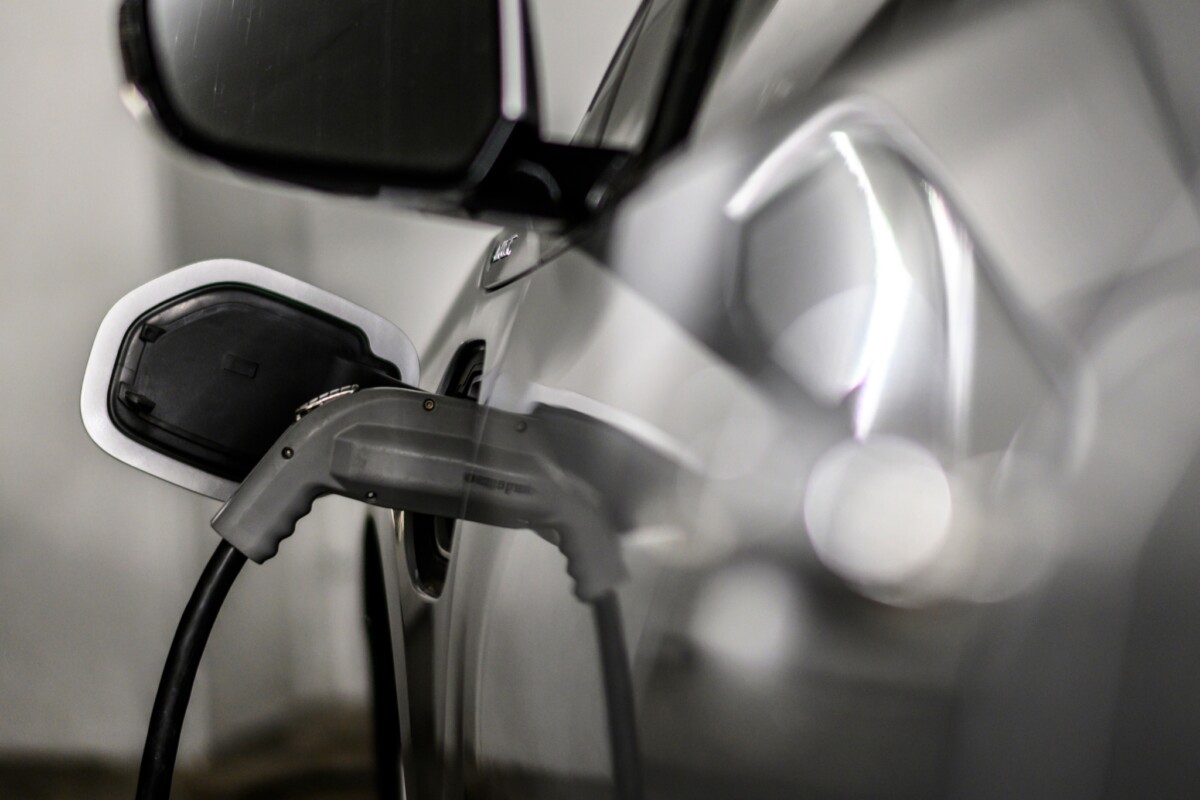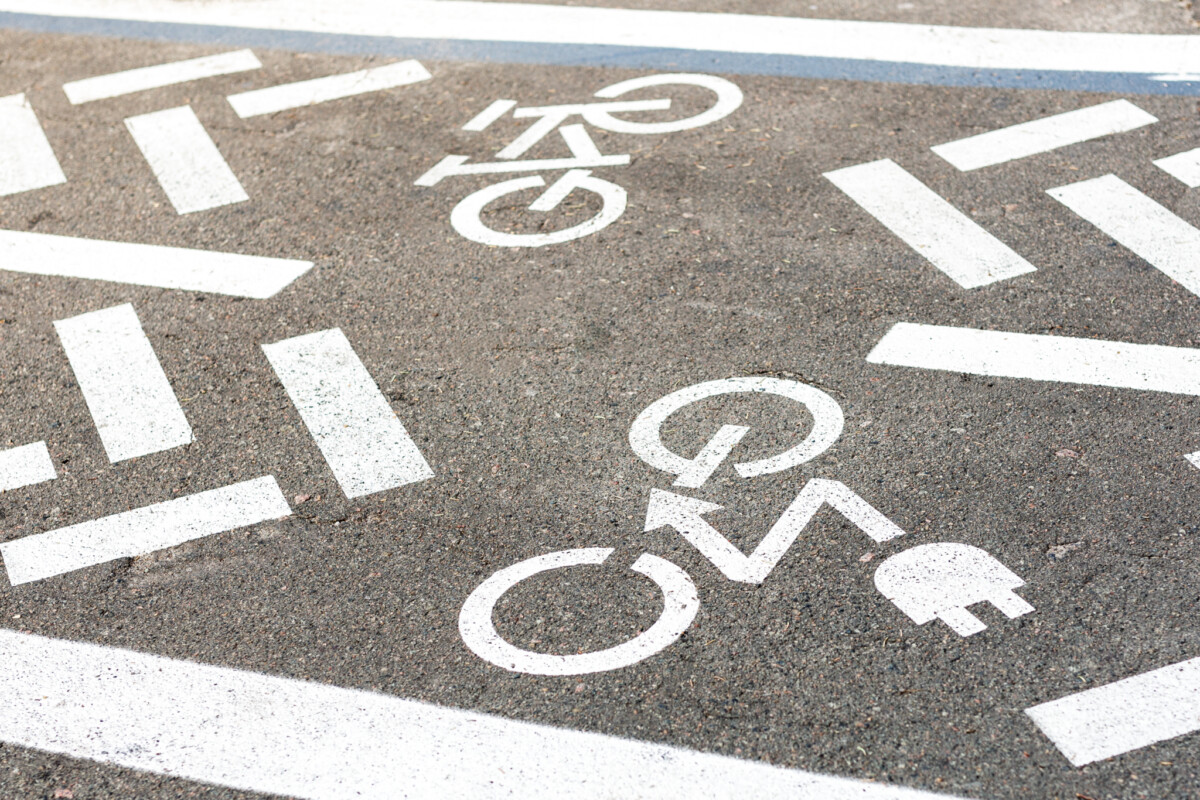
The future of multi-storey car parks
Multi-storey car parks (MSCPs) – traditionally seen as unloved and utilitarian monoliths – are on the cusp of a new era. Technology and changes in public policy are set to transform our understanding of the nature and purpose of MSPCs, as our relationship with cars changes markedly. This revolution in how we drive and how we park will present a number of conceptual challenges for those who design MSCPs, as well as for their owners. In this Insight paper, Adrian Griffiths examines what the future may have in store for MSCPs, and discusses how designers and operators will need to respond.
What is bringing about the changes?
The transformation of the car parking sector is being brought about by technological advances in a number of areas, including:
- The increasing adoption of electric vehicles (EVs)
- More sophisticated mobile app technology
- The spread of automatic recognition technology
- Trials of autonomous vehicles
We are also seeing changes in public policy and social awareness, including:
- Policies to unclog town and city centres
- A move away from the use of fossil fuels
- An end to the domination of urban centres by retail in favour of a mix of uses
- An increase in bicycle use
These changes, and ever-rising population numbers, are beginning to alter the role of MSCPs. While the traditional conception of MSCPs is still strong and has a few years of life left in it, the format will not be able to withstand the coming fundamental changes for long.
What changes can we expect?
Electric vehicles
In the medium term, the pressing necessity will be to adapt to the needs of electric vehicles, including cars, vans and bikes. Only a tiny fraction of the UK’s current parking capacity caters for EV charging at present.
There is no doubt that EVs are the future of private road transport – the UK and France will be banning the sale of new petrol and diesel vehicles by 2040, while Norway and the Netherlands will have done so by 2025. As charging capability is crucial to the parking choices made by EV owners, MSCPS that don’t install charging stations as standard will be left behind when EVs become more widespread.
Retailers are already seeing longer average customer dwell times in shops near car parks with EV charging facilities, and we can expect retailers and other stakeholders to put pressure on MSCP owners to ensure that the technology is installed so that EV owners are drawn to the commercial offers nearby.
In the longer term, we may see car parks form giant ‘batteries’, using the EVs within as a huge electricity storage resource. It has been estimated by Macquarie University in Australia that EVs are stationary for 95% of the time, and this presents a significant opportunity for car parks housing EVs to become part of the electricity grid, helping to store energy more evenly and removing supply bottlenecks. Trials are already taking place in Denmark to see if this is a feasible prospect – if it is, then we may see MSCPs performing a new and significant social and economic function which will require new thinking in terms of design.
Autonomous vehicles
Self-parking vehicles present perhaps the greatest potential future disruption to the MSCP model as we currently know it. Autonomous cars will allow for more compact car parks – research by the University of Toronto has calculated that a well-designed car park facility could hold as many as 87% more cars than it would with conventional cars.
The reasons for this are fairly obvious – there will be no need for doors to open, for example, allowing cars to be packed more tightly together, while passenger walkways, lifts, stairs etc., will also be unnecessary (beyond what is needed for service access, and, perhaps, for delivery of bought goods to the vehicle). Fixed painted lines will be done away with, allowing for more flexibility, and ceiling heights will be lower. Rather than fixed islands of cars, we might see a full grid, with outer cars capable of moving aside at command to allow access to and from the inner spaces.
Up to a third of cars clogging the roads in any given town centre at the moment will be looking for parking, and MSCPs themselves are often clogged for the same reason. The use of autonomous vehicles will allow people to be dropped at a convenient location, the vehicle then driving itself to a parking facility until needed again. With advances in digital communications, data supplied to the vehicle about traffic conditions and the remaining capacity of nearby car parks will allow it to ‘make a decision’ about where to park.
This makes possible a move towards suburban or out-of-town car parks and the complete repurposing of town centre car parks – it will make no difference to the user where the vehicle parks itself (within reason). Alternatively, we might see a system where drivers park non-autonomous cars away from the centre and are then transferred by smaller autonomous pods to the centre, thus also removing congestion.
Companies like Jaguar Land Rover, Ford and Tata motors have been trialling autonomous vehicles since November 2015 as part of the three-year UK Autodrive Project – Jaguar Land Rover is currently testing self-driving and self-parking technology at Milton Keynes, for example.
Legal and technical complexities mean that it is unlikely that we will see the widespread use of autonomous vehicles in UK towns and cities for several years, but, with constant improvements in the technology, particularly in car-to-car communications, MSCPs may be set to see a complete overhaul in nature and purpose within a generation.
Partial or complete MSCP repurposing
As mentioned above, a move away from town centre parking would open up the possibility of repurposing existing MSCPs – whether in full or in part. Town and city centre MSCPs are often located on valuable sites with great potential. MSCP owners should be alive to the possibilities presented by their land banks and assets.
In much the same way that we are beginning to see with railway stations and other transport hubs, MSCPs offer an opportunity to create vibrant and attractive community spaces offering a mix of uses and a transformed environment. No longer dull, single-use concrete boxes, the possibilities are many – including offices, retail spaces, micro-homes, community venues, gardens and gyms.
Where parking space continues to be required, we will see the emergence of dynamic and flexible parking structures which respond to the ebb and flow of parking demand – for example, by adapting space not needed at any given time for use by pop-up retail, leisure and F&B or for entertainment, exhibitions or other uses.
Designing and constructing for flexibility has a key role to play here – moveable partitions and ceilings would facilitate quick repurposing in response to changing conditions, allowing for the optimum use of space and, thus, the maximisation of possible revenue streams. This would be of particular use at MSCPs used by venues which are not in constant use, such as sports stadiums, where the car park might be significantly used on only one or two days a week.
To be borne in mind, however, is that EVs, because of their battery sizes, will weigh more, exerting live loads which might cause problems for some MSCPs, particularly in some older structures - in those cases, there will need to be reinforcement or restructuring to adapt to the new vehicles.
Other services
MSCPs will need to offer recharging facilities for EVs, as we have seen, but there is also scope for the provision of other services. Car maintenance / servicing might be one such offer, in much the same way as we already see car washing stations at many car parks. Delivery direct to your car while you continue with your business is another possibility – with retailers liaising with car park operators to enable it.
What we’re already seeing
Payment
Online booking and pre-payment is a well-established feature in many UK towns and cities now. What we are also seeing more of is the use of mobile app technology to (a) find space, and (b) pay. The wider adoption of this technology, along with automatic number plate or QR code recognition, has the potential to allow for the removal of entry and exit barriers, with their attendant queues, as well as the removal of fixed ticket/payment kiosks. This will allow for a smoother and speedier entry and exit and help prevent clogging at ground floor level.
Smart parking
Smart city technology is becoming more prevalent. At its most basic, it involves relaying car park capacity information to electronic information signs throughout the urban area. More sophisticated systems relay real-time parking and traffic information to mobile apps or directly to the car itself. A part of this system is the use of intelligent bay monitoring, with sensors detecting whether a parking space is vacant or occupied at any given time.
As demand rises and falls according to the time and day, or in response to nearby events, dynamic pricing becomes much easier to implement when a constant stream of data on usage is being fed to the central database. This is another way in which MSCP operators can maximise revenue.
Increased demand for cycle spaces
More and more people are foregoing car journeys in favour of using bicycles, whether for environmental reasons, for fitness or just because they are sick of traffic jams. This has led to an increase in demand for secure cycle parking facilities, and MSCPs are ideally placed to serve this growing need. Electric bikes and scooters are a part of this trend, and charging points will be necessary in the same way that they will be for cars. E-bikes are already growing in popularity, being capable of reaching speeds of over 30mph and possessing a range of over 50 miles. It is estimated that, for a two-wheel commuter travelling 20 miles a day (4,000 miles over the course of a year), the reduction in CO2 emissions amounts to 1,500 kilograms compared to driving.
Designing to future-proof MSCPs
Over the next decade or two, the experience of parking will be redefined, and MSCP operators need to be alive to the challenges and opportunities this transformation will bring about. Those changes are already happening, and MSCP design needs to be responsive to that fact.
Car parks which don’t already cater for electric vehicles will need to be fitted with charging technology if they are not to be left behind (with the resulting impact that would have on businesses in the vicinity reliant upon those parking structures).
Smart parking technology should be part of a wider tech-enabled service which offers payment facilities and parking/traffic information to customers long before they reach the car park.
Some MSCPs are going to be located in the wrong place for continued use for parking, particularly in town/city centres where vehicle access will become more restricted – but that offers great scope for repurposing and turning those spaces into vibrant community hubs.
Other MSCPs should be designed/reconstructed to allow for flexibility of use – modular construction is one key method in which that can be achieved.
Finally, in the longer term, the possible widespread adoption of autonomous vehicles will mean that MSCPs will need replanning and reconstruction to alter how those spaces are used – but this will in turn allow for a more efficient use of those spaces, lower overheads and improved revenue intake.
All of these phenomena will require efficient management and technology systems, but they will first need well-considered and informed design. MSCP operators need to be aware of the fundamental changes that are coming to the industry.
Chapman Taylor – which has expertise in meticulous operational space planning, in the installation of digital technology and in repurposing built environments for a wide mix of uses – is ideally placed to meet the challenges and opportunities that those changes will present.



